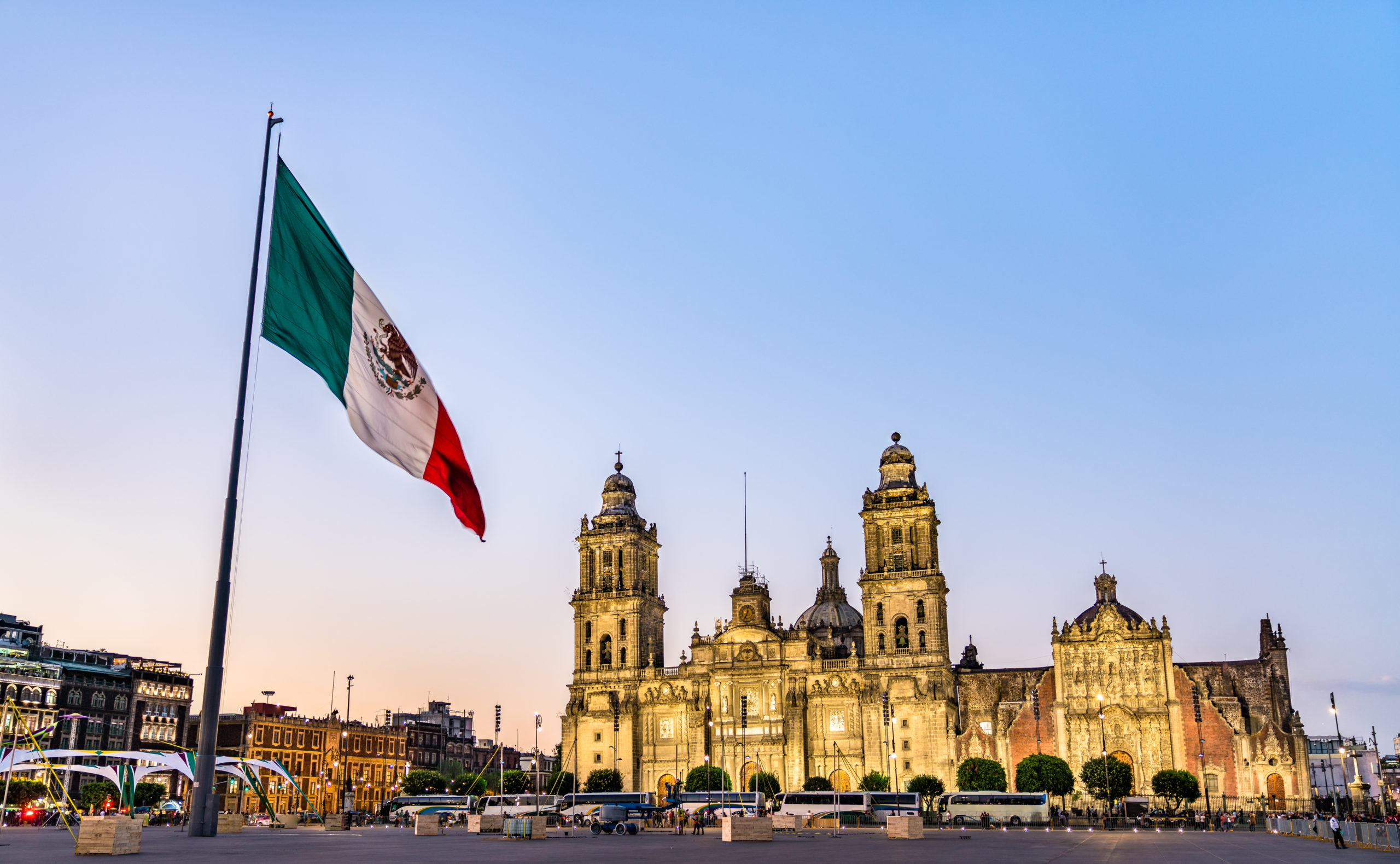Homeowners Associations (HOA) in Mexico
 Mexico is a beautiful country with many contrasts. One of the most interesting cultural differences between Mexico and America is the idea of Homeowners’ Associations (HOA). In America, HOA’s are common in suburban communities where residents live on large plots of land that have been subdivided into individual lots for each house.
Mexico is a beautiful country with many contrasts. One of the most interesting cultural differences between Mexico and America is the idea of Homeowners’ Associations (HOA). In America, HOA’s are common in suburban communities where residents live on large plots of land that have been subdivided into individual lots for each house.
HOA in Mexico, is how condominium complexes are organized according to Mexican property legislation by setting internal bylaws, maintenance fees, and deciding jointly how to spend these resources to keep the common areas of these gated communities in good conditions.
First, we are going to explain to you how Condominium Regimes work in Mexico.
Condominium Regime in Mexico
According to the Mexican property regulations, condominium complexes and gathered communities must have a condominium regime registered before local authorities.
The Condominium Regime describes all the meetings that have taken place during the year to discuss and establish a bylaw regarding the complex management, common areas maintenance fees for pools, gardens, elevators, insurance, employees like guardians, gardeners, clean staff, a reserve fund and improvements of the complex.
The Condominium Regime creates by dividing a land or building title into individual titles.
Each title is independent and has its electricity, water, and other utilities in the owner’s name.
The developer must apply for the Condominium Regime to local authorities. They must present attached to the application the property title, tax registry, last tax payment bill, zoning, construction permits, and a draft of the condominium bylaw.
Once this is approved, the bylaw must be notarized and recorded in the local Public Property Registry.
 General Assembly
General Assembly
The General Assembly of Condominium owners is in charge of overseeing that owner comply with the complex bylaw. Throughout ordinary and extraordinary assemblies, members get to mandatory agreements.
According to Mexican property law, owners must be informed of the holding of an assembly. The notification must include the date and place and the schedule.
The General Assembly comprises a President, a Secretary, the complex manager, and at least 75% owners.
Attendants must register to verify the established quorum percentage to hold the assembly.
-
Ordinary Assemblies
In these meetings, complex issues are discussed and agreed upon with the condominium complex management employees; established maintenance fees as moratorium fees for owners delay and the reserve fund; penalties of condo owners violations; approval of the condominium annual budget and other measures of common interest matters.
-
Extraordinary Assemblies
In these meetings, members can discuss matters regarding modification of condominium constitutive deed or bylaw; in case of damage or destruction complex, take decisions regarding reconstruction or reparations not covered by structural complex insurance.
Tips
- Is important thar owners agree to purchase yearly, a structural insurance for the complex, particularly in high-risk areas where natural disasters may be an imminent risk, we strongly recommend you to insurance your property. For further information you can read our recent article regarding property insurance in Mexico at LINK.
- This bylaw rules the amount and schedule of HOA fees and the General Assemblies’ creation to discuss internal matters.
- Mexican regulation established that a management professional or team must administer the condominium.
- Also is essential that this bylaw include the owner’s obligations besides payments and allow them the exclusive use of the private property and common areas.
- According to Mexican law, all General Condominium Assemblies must be notarized.
- To hold the assembly is necessary to have 75% of the condominium owner’s participation; If not, there must be a second called, where quorum must be at least 51% of the owners. In case of a third call, then the assembly declared legally installed with the homeowners present.
- In some condominium complexes, there are discounts for those owners to pay the year HOA fees in advance or for prompt HOA monthly payments.
- The condominium regime includes regulations for exterior constructions and renovations in units to maintain the architectonic complex design.
- Ensure that the management sends you the summary record assembly notarized for your personal file. You will need all these documents in case of selling your property.
- In preconstruction usually takes up to six months for the developer to issue the Condominium Regime certificate. This period starts once the common areas are finished and registered before local authorities. Notice that buyers do not have the legal title property until the condominium regime is registered. Your property deed must be up to one year following the date of purchase. If you want to know more about preconstructions, read our Pre-construction purchase guide at https://ryandonner.com/?s=preconstruction
- Suppose you are interested in buying a property in a condominium. In that case, it is vital to review the Condominium Regime, so you have all the information of the obligations you accept by purchasing that property.
As you can see, the Condominium Regime is an essential legal issue of a property in a condominium complex. It set the rules for owners on units and common areas and the right to co-ownership of assets of common facilities of the complex.
If you are willing to find a property in a gathered community, do not hesitate to contact us. One of our professional realtors will give you accurate information and provide an effective accompaniment in the purchase process. https://ryandonner.com/
